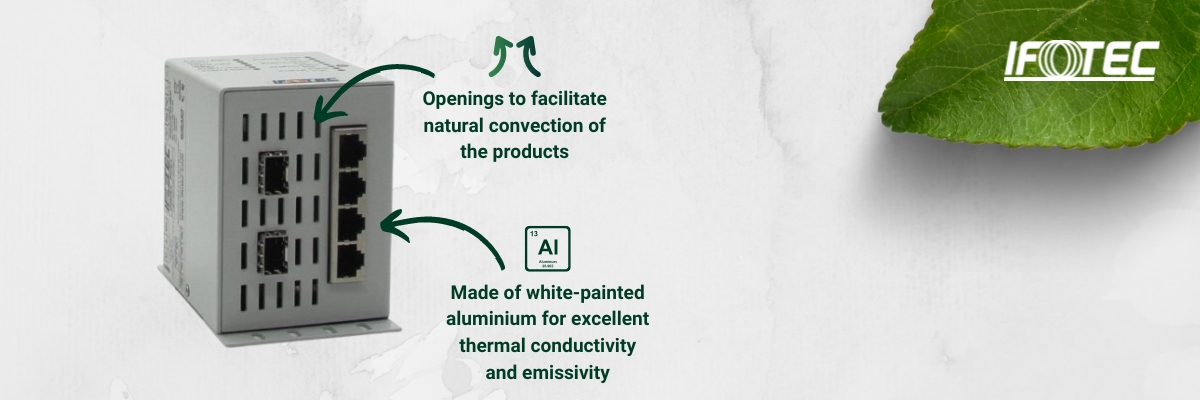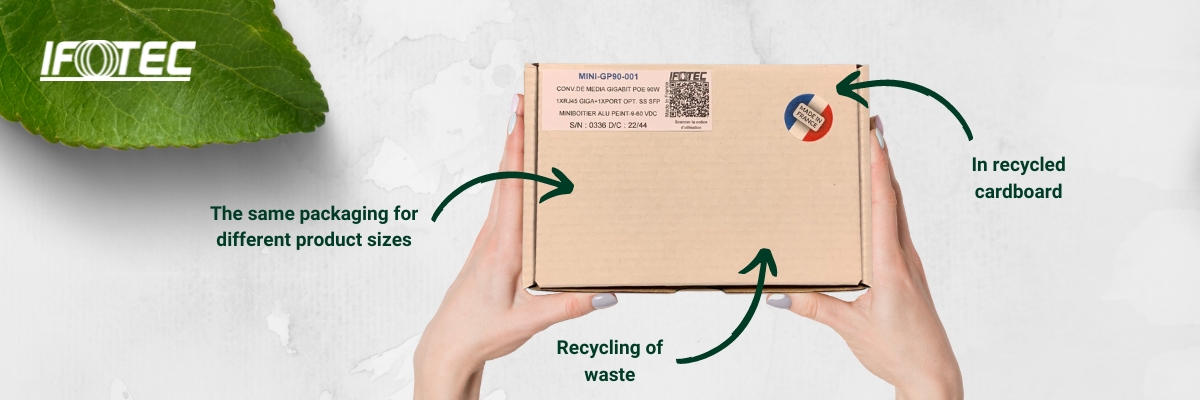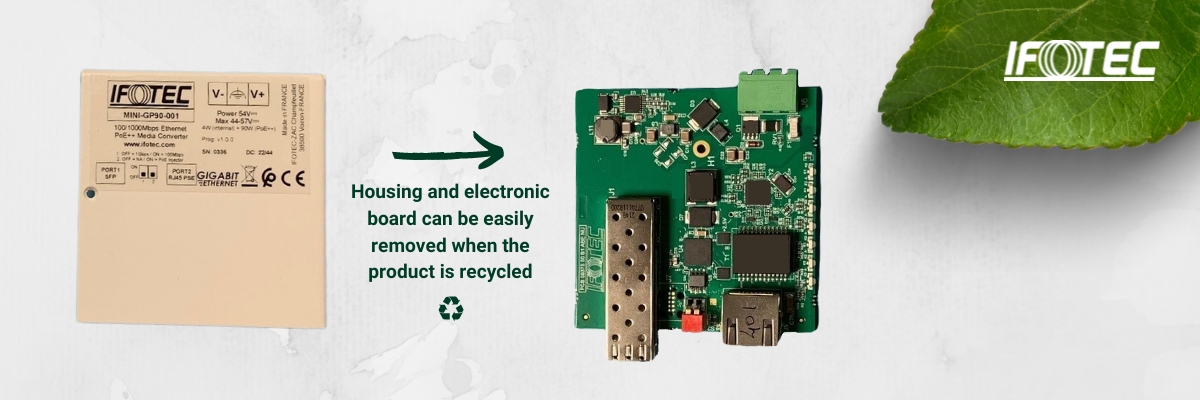To mark International Tropical Day on 29 June, we are honouring this climatic zone, the tropics, from our “business” angle.

Why are electronic boards tropicalized ?
Did you know that this environment affects the operation and durability of electronic products ? To protect our transmission equipment, we use a specific method : the tropicalization of electronic boards. That means we varnish them. The tropicalization of electronic boards is a protective measure applied to make them resistant to the specific environmental conditions of tropical or humid regions. Here are some of the reasons why electronic boards are tropicalized :
1 : Humidity 💧 : firstly, tropical regions are often characterized by high levels of humidity. Humidity can penetrate into electronic circuit boards and cause oxidation, corrosion and short-circuit. Tropicalization consists to applying special coatings to electronic boards to protect them against humidity and prevent damage caused by condensation.
2 : Heat 🔥 : tropical regions are usually hot, with high temperatures throughout the year. These high temperatures can affect the performance of electronic components and even cause them to fail. Tropicalization enhances thermal resistance of electronic boards by using specific materials and coatings to protect them from excessive heat.
3 : Dust et contaminants 🌫 : tropical regions can also be characterised by significant amounts of dust, dirt and other contaminants. These particles can infiltrate electronic circuit and lead to malfunctions or breakdowns. The tropicalization aims to hermetically seal electronic boards to protect them against external particles and ensure they operate correctly.
4 : Insects and pest 🐜 : tropical regions often harbour a large variety of insects and vermin such as termites, ants and rodents. These organisms can damage electronic boards by nibbling them or by using them as shelter. Tropicalization can include additional protection measures, such as the application of repellent coatings or the design of special housings, to deter these pest.
In conclusion, tropicalization of electronic boards is essential to guarantee their reliability and durability in tropical environments where particular conditions can represent challenges to their correct operation. All of our fibre optic transmission equipment delivered, for example, to Martinique or New Caledonia, have been “tropicalized” boards, that is to say “varnished”, to ensure its reliability and durability.





